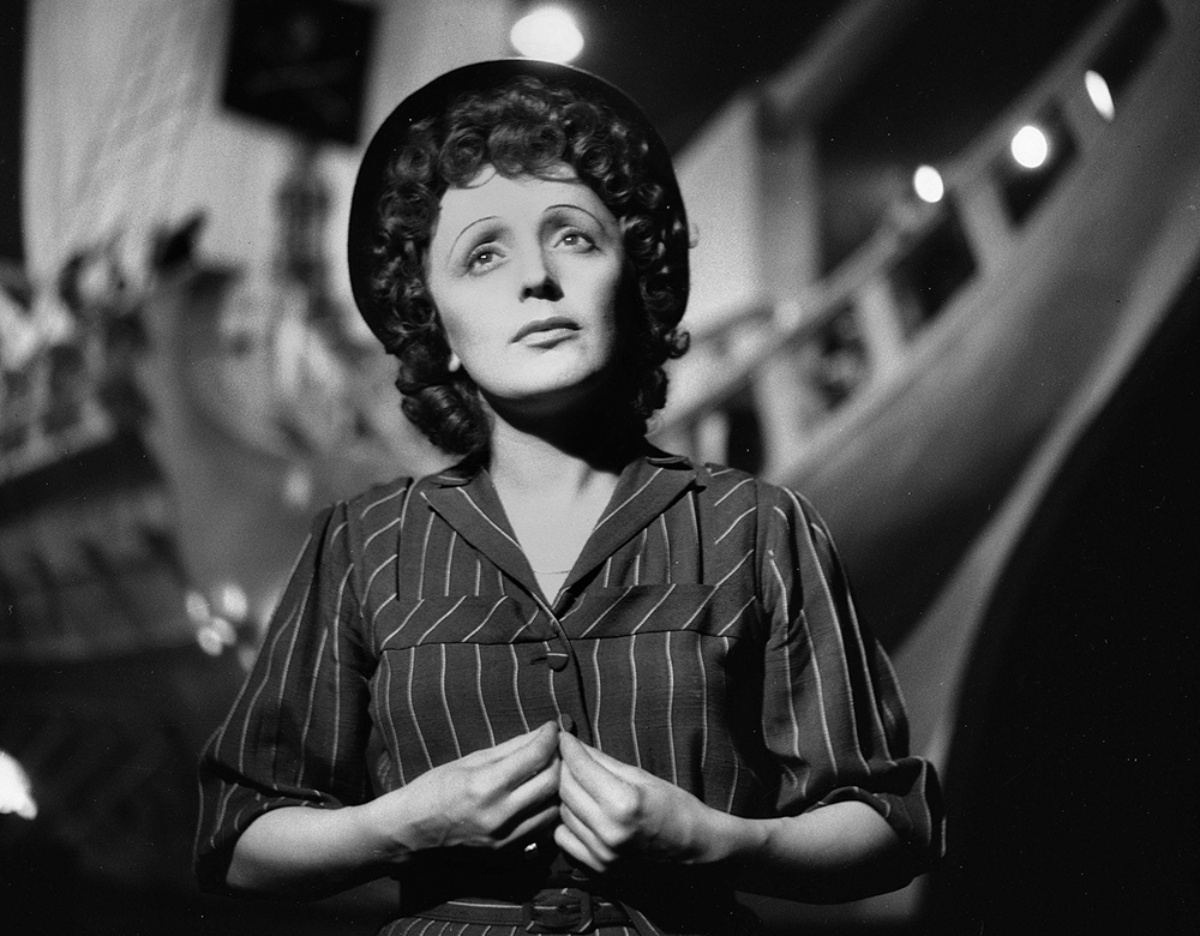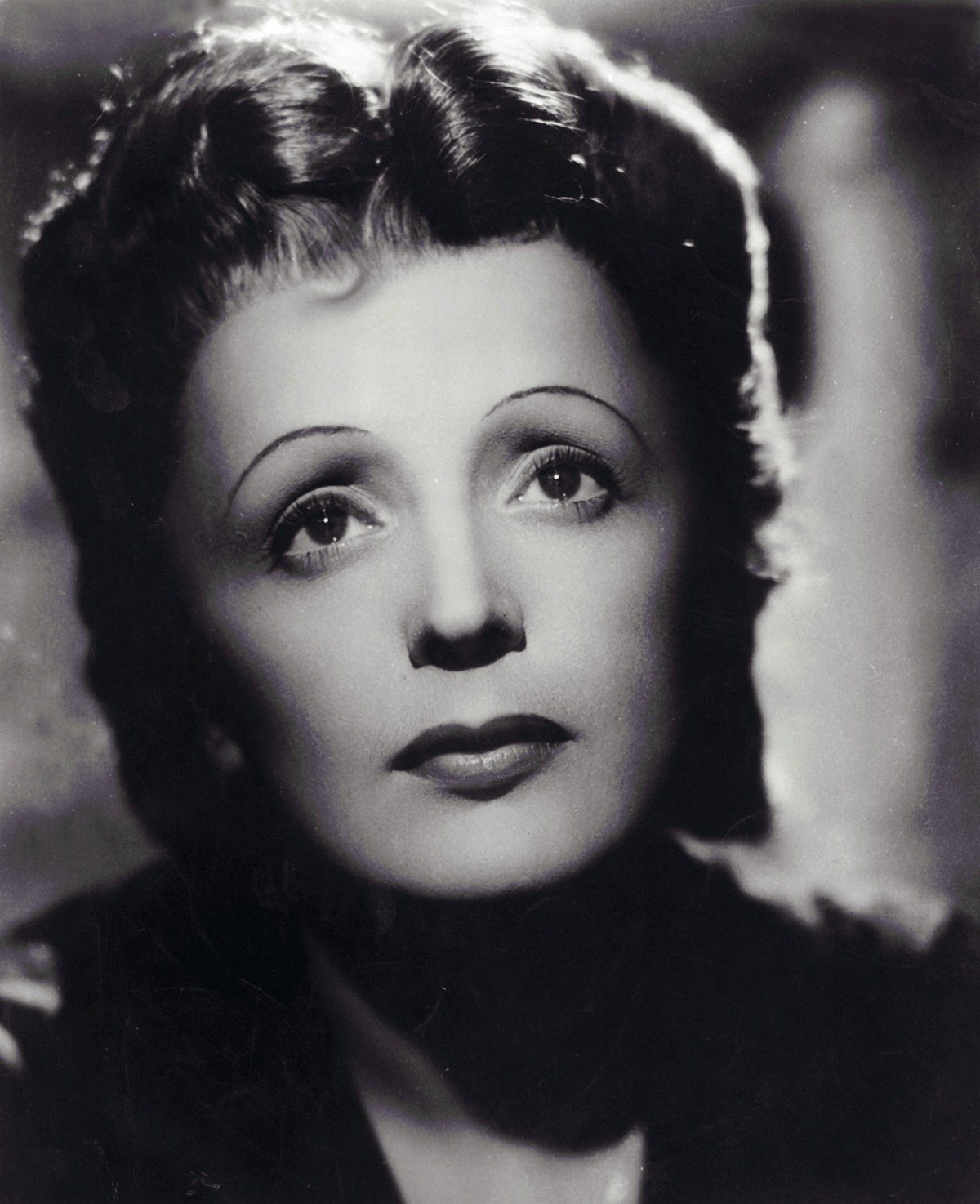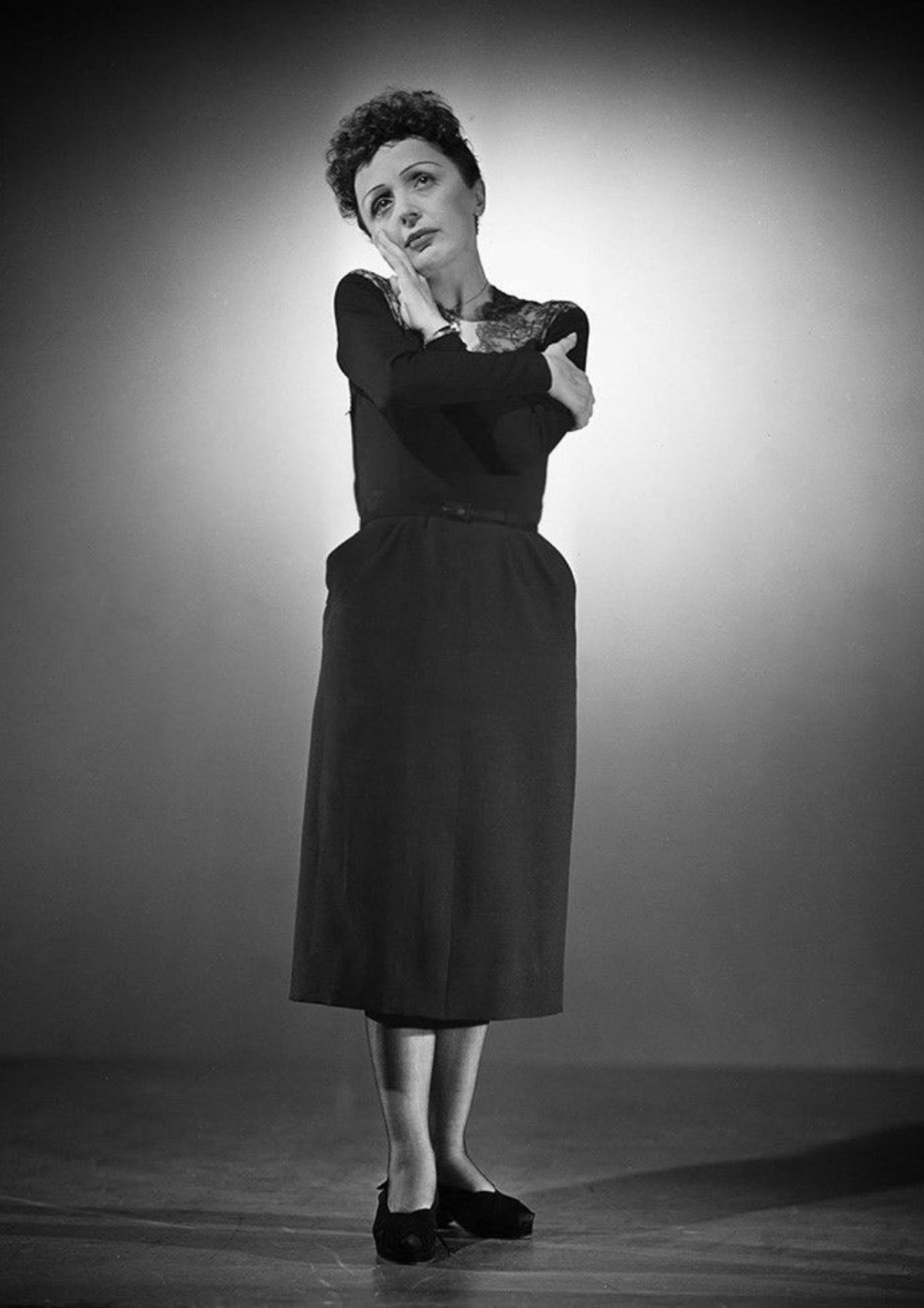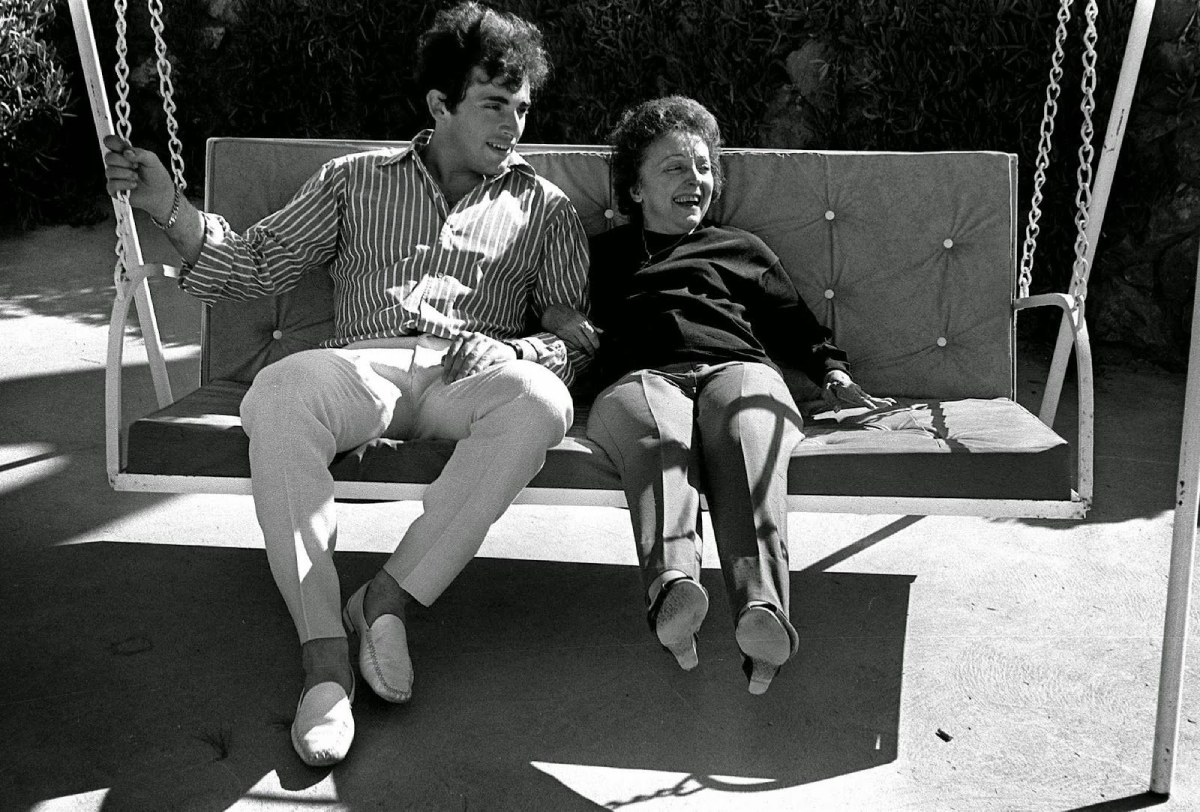The full story of Paris' musical icon - Edith Piaf
Содержание
Edith Piaf (Edith Piaf) is a French singer and actress. Her unique interpretation of the chanson (or French ballad) genre has made Edith world-famous. Among her signature songs are "Non, je ne regrette rien" and "La Vie en rose" ("Life in pink" - that is, through "rose-coloured glasses", from an optimistic point of view!).
More than 100 years have passed since Edith was born... It happened on 19 December 1915, a Saturday, around the same time that Albert Einstein made his breakthrough in his general theory of relativity! The baby arrived at Tenon Hospital in the twentieth arrondissement of Paris, although, according to her own version of events, she was taken to the porch of her home at 72 Rue de Belleville after an ambulance failed to arrive.... If it was fiction, France's most legendary singer didn't have to embellish the details of the rest of her life - full of romance, dramas, tragedies... A childhood in a brothel, losing her eyesight as a baby, joining her acrobat father as a teenager, illicit drugs and a love lost forever... Her life was like a drama: a very beautiful one, but so cruel to the protagonist ...

Yes, for today's generation of listeners, the singer may be a little out of fashion... But as the old football cliché goes: fashion is temporary, but classics are permanent. The music of this legendary woman, with her languid cabaret motifs, is eternal. And a voice like Piaf's - with the ability to convey strong emotions - is hard to find, if not impossible to find at all....
The singer led such a bohemian and wild life that even Jim Morrison, buried, like her, in Père-Lachaise cemetery, looks like a page boy... Her life was a punk opera long before the genre itself gained popularity!
Childhood, adolescence...
Her songs and manner of singing reflected in many ways the tragedies of her own, often difficult life... Her mother, the failed actress Anita Maillard, left little Edith in the care of her mother. But the woman was not to the child, so she often poured her granddaughter in a bottle of wine diluted with water, so that she did not bother her. As a result, the girl was handed back to her mother, who at that time kept a brothel. Thus, Edith spent her childhood in a brothel... It is known that at the age of three she went blind due to a complication of meningitis... Fortunately, a few years later her sight was restored!
A couple of years later, Edith joined her father, a circus acrobat. Together they performed in large squares: while the man delighted passers-by with acrobatic tricks, his nine-year-old daughter sang songs... The singer performed on the streets of Paris for a long time, earning modest money and often being in the company of criminals....

In 1933 the singer gave birth to a daughter Marcelle, but a few years later the girl died of meningitis... In 1938 the singer became pregnant again, but the child was born dead. After that, she was never able to become a mother again....
The beginning of the journey
In 1935, Edith was discovered by Louis Leplé, the owner of a local cabaret. He gave her her first, well-paid job. It was Leplay who began calling his new singer "la môme piaf", meaning "the little sparrow". He was obviously referring to the singer's diminutive size: less than 5 feet tall (142 cm) and about 90 pounds weight (40 kg). The name soon became a professional name for our heroine.....

In 1936, Louis Leplé was murdered by the Mafia, and Piaf was under police surveillance as a suspect for some time (fortunately, she was soon cleared of all charges).
La Maume continued to sing about the streets where she was born and raised all her life... Sticking to the style, being an already successful singer she spent all her money on a farm!
"I told myself I wanted to breed cows!" she wrote in her memoir. "It was a frenzy - back then all the artists went into breeding. But in four years I had picked two kilos of string beans, a pound of strawberries and a few tomatoes... I raised two chickens, a rabbit and all the cats in the neighbourhood. Central heating cost me one and a half million francs... And I sold my farm for almost nothing, and later, when I fell ill, I had no money left to pay the hospital bill..."
Because of the shortage, she was forced to sell valuable paintings and her jewellery collection. So... it is not at all surprising that upon her death she left her second husband with a huge debt.....
Personal life
She had many lovers throughout her life, including the world heavyweight boxing champion Marcel Cerdan. He and Piaf had a very stormy relationship, despite the fact that Marcel had a wife and children!
Marcel committed the fatal act of ignoring Edith's concerns about flying... In order to surprise her on stage in New York, in 1949, he boarded an Air France Lockheed Constellation... The plane eventually crashed into Monte Redondo in the Azores, killing all the passengers (48 people on board)... That night Piaf came on stage upon hearing the news and fainted twice in the middle of her performance. Until her death, she claimed that Cerdan was her one true love.
Career
An unhappy personal life and an impeccable - albeit dramatic - style emphasised the singer's expressive voice! She herself was able to excite the audience with her passionate performance of songs, which were often about loss and love....
In addition to singing, she published two autobiographical books, Au bal de la random (1958) and the posthumously published Ma vie (1964). In addition, the singer's persona has been the subject of several biographies, as well as plays and films...
As for America, Piaf performed twice at Carnegie Hall (in 1956 and 1957). She also opened the world's biggest market more than a decade before the Beatles (it wasn't until 1998 that she was awarded the Grammy Hall of Fame Award)! This is quite a feat for a European artist, as such artists tended to sing mostly in French.
In fact, she popularised the French language abroad! Her colossal influence has spread to many artists widely known today: from Marianne Faithfull and Anne Calvi to Elton John!
The last few years...
In later life, Edith was involved in several serious car accidents and her health deteriorated - partly due to alcohol abuse...
And now, the 47-year-old singer has fallen in love again! This time with a 27-year-old Greek hairdresser named Theo (Theofanis Lamboukas). Edith gave her lover the stage name Sarapo (Greek for "I love you"). She was with him until her death. Theo himself outlived her by seven years, but died in a car accident....

Piaf's last performance was on 31 March 1963 at the Lille Opera House (capital of the Hauts-de-France region).
On 10 October 1963, the singer died. And on 11 October, the body of Jean Cocteau, a friend of the singer, was found... It is believed that he died after learning of her death.
♪ Non, je ne regrette rien (1960) ♪
One last thing...
All over France mourned the death of the great singer, and thousands lined the route of her funeral procession.
After her death, Piaf received the highest honour from the French government when a tricolour flag was hung on her coffin. It was not an empty gesture. During World War II, she toured the unoccupied zone of Vichy, France and apparently helped liberate up to 300 prisoners of war at the Stalag III-D camp near Berlin by persuading the camp commandant to allow her to be photographed with all the prisoners - the photos were then used to create false documents for them by which they were free French labourers in Germany.
In the years since Piaf's death, it has become commonplace to call musicians "brave" for various reasons: the release of an unusual album, unexpected statements in interviews, touring to rarely visited places, performing at concerts when they are not feeling well... But... today we decided to remember a truly brave musician, or rather - a singer. And her name is still honoured as a national treasure.



